Fight Food Waste With Unusual Flours
Add something extra to your baking.
THIS ARTICLE IS ADAPTED FROM THE JANUARY 13, 2024, EDITION OF GASTRO OBSCURA’S FAVORITE THINGS NEWSLETTER. YOU CAN SIGN UP HERE.
My boyfriend grew up in Vienna, and this past December, he suggested we make a recipe from a German-language Austrian Christmas cookie book. As we flipped through the book with his translation assistance, we were intrigued by an ingredient neither of us had ever heard of: Traubenkernmehl, meaning “grape-seed flour.”
A cursory internet search turned up little information: The only Wikipedia article about the ingredient was in German, suggesting it wasn’t well-known in the English-speaking world. As luck would have it, my boyfriend’s dad was in Vienna at the time, scheduled to return a week before Christmas, so we sent him on a mission to find the flour. He succeeded, and we were able to make the book’s recipe for blackberry jam sandwich cookies with grape-seed flour just in time for the holidays.
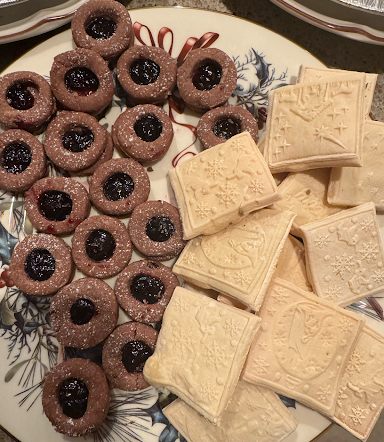
The grape-seed flour was slightly gritty and dark brown, with a bitter, astringent taste on its own. Used in a ratio of one part grape-seed flour to five parts wheat flour, along with typical cookie ingredients like sugar and butter, it gave the cookies a chocolatey, nutty flavor that paired deliciously with the blackberry jam. The cookies were a big hit at Christmas, and we had fun asking people to guess their secret ingredient.
I have since learned that grape-seed flour is one of several kinds of flour invented to minimize modern industrial food waste. And you don’t have to go to Austria to get them; the flours described below are all available for purchase online as well as in some specialty stores. Here’s everything you need to know about these unique ingredients and how you can bake with them.
Fruity Flours

When you press grapes for their juice to make wine, you’re left with the skins, seeds, and other solid bits of the fruit. This is called pomace, from French pomme, meaning “apple,” because the word was originally applied to the dregs from squeezing apples for cider. Historically, winemakers found a variety of uses for grape pomace, including fertilizing their vineyards and distilling it into brandies like Italian grappa, but there’s often leftover pomace that goes to waste.
Grape-seed flour is a relatively new attempt to solve this problem. Pomace is first strained to separate the seeds from the skins. The grape seeds are then pressed by machine for their oil, and the solids are dried and ground. Almost the entire weight of the grape seeds can be milled into flour: One ton (about 2,000 pounds) of seeds produces only 35 gallons of oil, but 1,900 pounds of grape-seed flour.
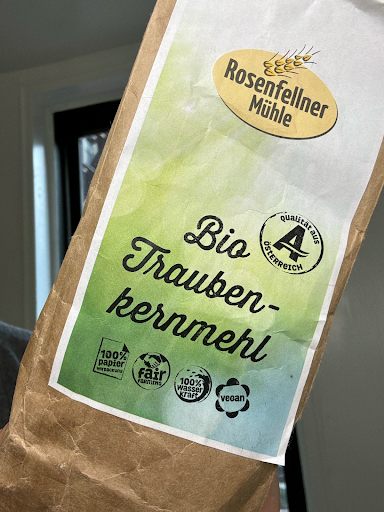
In Napa, California, Austrian-born Valentin Humer and his wife, Nanette, are trying to popularize grape-seed flour in the United States through their company, Food & Vine Inc., which makes grape-seed oil and flour using pomace from local winemakers.
Grape-seed flour is gluten-free and rich in fiber, antioxidants, and other nutrients. However, it doesn’t work as a total replacement for wheat flour. Instead, grape-seed flour can provide its unique color and flavor to baked dishes when added in a small quantity, generally 20 to 25 percent of the total flour in a recipe.
Try it in breads, cakes, pie crust, pancakes, or, as I did, in cookies. Because it’s a bit grainy, grape-seed flour may work best in recipes with other strongly-textured ingredients, such as multigrain bread.
Coffee Flour
Another example of a fruit-based flour comes from a byproduct of coffee production. Each coffee bean originates inside a small, oval red fruit called the coffee cherry or berry, which is typically discarded after the precious seed has been harvested. While growers are busy drying and roasting coffee beans, the unused coffee cherries often start to decay before they can be trashed, leaving some processing plants with acres of rotten fruit–covered land during harvest season.
In 2012, Starbucks executive Dan Belliveau came up with a novel way of using all that wasted fruit: Transform it into flour. Belliveau developed a process for roasting the coffee fruit until dry and grinding it multiple times, which is necessary due to its high fiber content. The resulting flour is now produced commercially in several Latin American countries as well as Vietnam and Hawai’i, with hope to expand to other coffee-growing regions. Centers of coffee flour production also boil the dried fruit to produce a tart, reddish tea called cáscara, from the Spanish word for “peel” or “husk.”
Coffee flour has a dark color and an earthy, fruity flavor that’s slightly tart, slightly bitter, and nothing like the taste of coffee, though it does contain a small amount of caffeine. It’s packed with antioxidants, protein, and potassium, and its high fiber content helps baked goods rise to a greater degree than other gluten-free flours.
Like grape-seed flour, coffee flour affects the color of baked goods, and should be added in the same ratio of 20 to 25 percent. You may wish to use it in sweet recipes that balance its mild bitterness, similar to the way you’d use cocoa powder. Coffee flour can also pair with cocoa powder in brownies and chocolate cakes.
Okara Flour

Okara is the Japanese word for soybean pomace: the leftover solids from pressing soybeans to make soy milk and tofu. In East Asia, these dregs were historically fed to livestock and cooked in dishes like Japanese unohana, a stir-fry of soybean pulp and vegetables. As more soy is grown around the world, how to use okara has become an increasingly important question.
Okara spoils easily, which both limits its commercial applications and makes it a potential environmental hazard. One estimate found that every kilogram (about 2.2 pounds) of dry soybeans yields twice that amount of okara. Japan alone produces 800,000 tons of soybean waste per year. Today, some of the world’s okara is used in fertilizer or animal feed, but much of it is discarded.
Since the early 20th century, when soy started to spread in popularity outside Asia, researchers have been innovating new uses for okara. In 1931, American food scientists made the first references to pulverizing dried okara into flour. Today, okara flour is sometimes used as an additive in other gluten-free flours, but you can also purchase it on its own for baking. And if you’re making soy milk or tofu from scratch, you can make okara flour yourself: Just save the solid dregs, bake on low heat until dry, and grind.
Similar to grape-seed and coffee flours, okara flour is high in fiber and should follow the same percentage of the total flour in your recipe. Okara flour is also higher in protein and fat than most other flours. You can purchase it with the fat removed, but this will affect the moisture and texture of recipes. Compared with coffee and grape-seed flours, okara flour has less color and less flavor—just a hint of nuttiness.
Bakers recommend using a bit of extra liquid in recipes made with okara flour, because it’s more absorbent than conventional flours. Note that kinako, a traditional Japanese dessert topping made from powdered roasted whole soybeans, is not the same thing as okara flour (though it’s also delicious).
Gastro Obscura covers the world’s most wondrous food and drink.
Sign up for our regular newsletter.







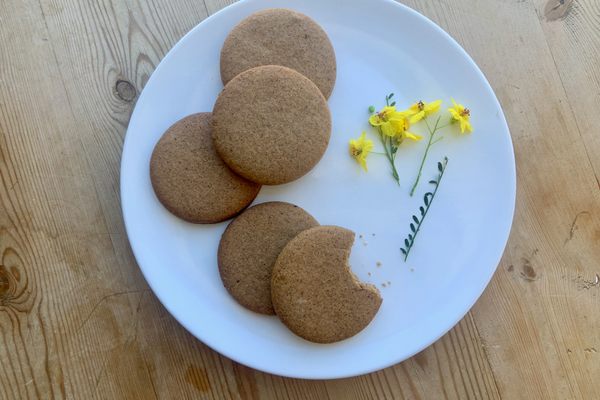
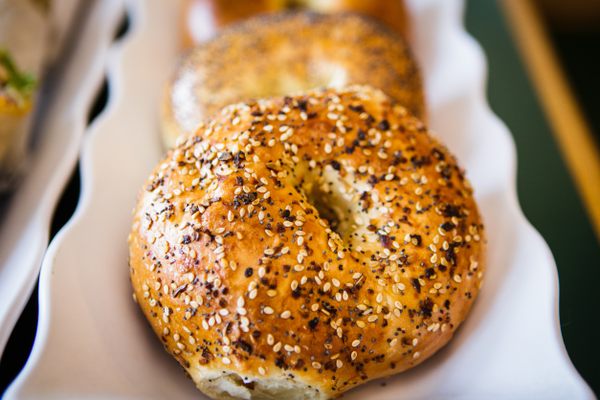












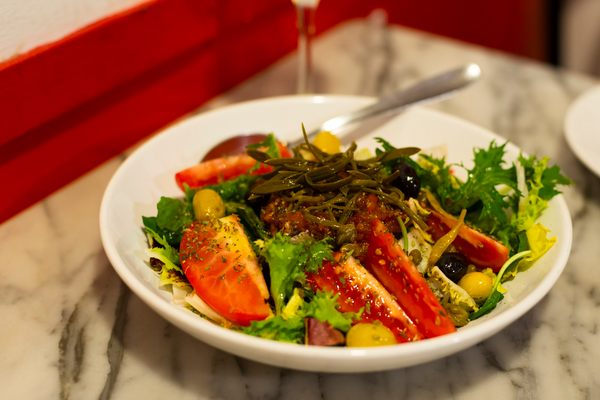
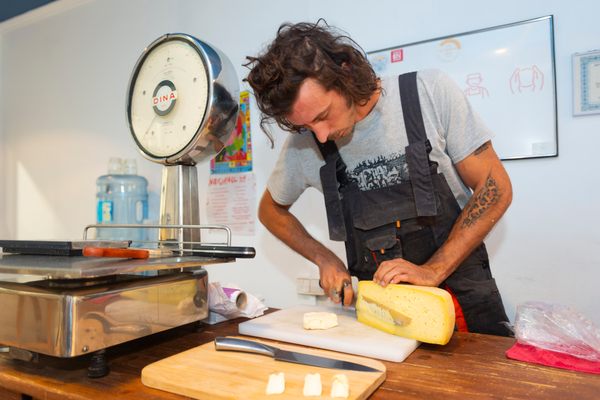

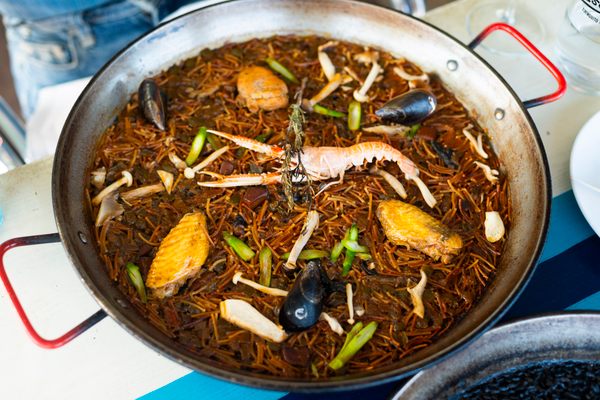


Follow us on Twitter to get the latest on the world's hidden wonders.
Like us on Facebook to get the latest on the world's hidden wonders.
Follow us on Twitter Like us on Facebook